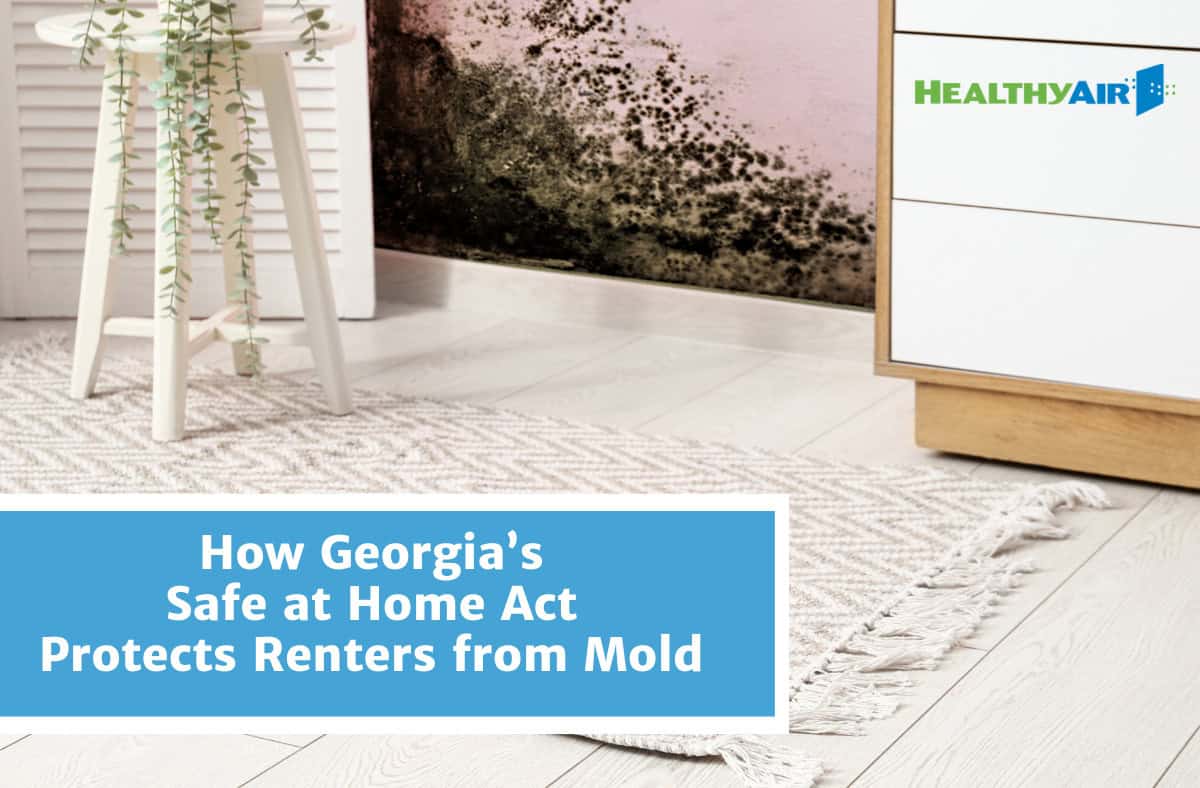What are Dust Mites?
Genus: Dermatophagoides; Mites are Arachnids (members of the spider family) Species: Dermatophagoides Farinae (DF) ? commonly found in North…
What are Dust Mites?
Genus: Dermatophagoides; Mites are Arachnids (members of the spider family)
Species: Dermatophagoides Farinae (DF) commonly found in North America
Size: About 250 to 300 microns in length
Adult Mite Lifespan: Up to 3 months; (3 larval stages)
Reproduction: Female mites lay about 25 to 50 eggs
Habitat: Mites live in carpet, fabric upholstery, and mattresses.
Diet: Human skin scale, animal dander and trace nutrients. Mites need to absorb humidity, they cannot drink water.
Allergen: Dust mite fecal material.
Body Color: Translucent.
Average Threshold before Developing Allergies: 100 mites/gm of dust
Allergic Reactions: asthma, rhinitis
Living Conditions: Temp. Range: approx. 59°F to 95°F (15°C to 35°C)
Relative Humidity Range: approx. 55% to 85%
Who is affected by dust mites?
There are an estimated 50 million people in the United States who suffer from allergies–and the number is rapidly rising.
Dust mites are the most common allergen-producing organism found in homes. They live in carpets, upholstered furniture, bed pillows and mattresses. If the relative humidity in your home is below 50%, dust mites desiccate. If the relative humidity rises above 50% they strive and reproduce, their appetite increases, and therefore their fecal matter (the source of the dominant dust mite allergen) increases. Ninety percent of the population that experiences any allergy-based symptoms reacts to dust mite allergen.
What can I do about dust mites?
The best solution is to control the relative humidity in your home. Dust mites cannot survive in areas where the humidity level is below 50%. Have the relative humidity checked in your home during summer and fall. Relative humidity can be controlled by the use of a whole-house dehumidifier installed adjacent to the air conditioner. By controlling the humidity, you completely remedy the dust mite problem.
Washing bedding in hot water has been shown to reduce dust mites. Since stuffed toys are a breeding ground for dust mites, choose toys that can be washed and thoroughly dried, and keep them off beds to reduce the exposure received during long hours of sleep. It may also help to put stuffed toys in the freezer for a day or so.
Zippered mattress and pillow covers that do not allow the mites to pass through appear to be effective in reducing the amount of exposure. While special “allergy” mattress covers are available, these are expensive. A less expensive alternative is to use a plastic mattress cover and a mattress pad. Launder allbedding in hot water (at least 130°F).
It is important to vacuum often to remove dust mite allergens from carpets and flooring. However filter bags allow small particles to go back into the air and may actually raise dust levels in the air. Vacuums with high efficiency filters and central vacuum systems reduce the airborne dust generated by vacuum cleaning.
Can I install a dehumidifier in a single room (such as a bedroom) and achieve the same results for that room?
Yes, to some degree, however the humidity from the rest of the house will overwhelm the efforts to dehumidify one room and therefore eventually don’t reduce allergen levels significantly.
Why is 50 percent relative humidity so critical?
The survival of adult dust mites is limited to 4 to 11 days in relative humidities below 50 percent. Dust mites in the protonymph stage can survive in this dormant larval stage for several months waiting for high humidity conditions to return.
What are other measures to control these contaminants?
General measures for controlling airborne contaminants include:
- Maintaining and cleaning heating and air conditioning units, as well as humidifiers and dehumidifiers.
- Ventilating homes by opening doors and windows may be counter-productive for people allergic to pollens.
- In homes with ductwork, the standard mesh filter should be replaced with one offering improved performance.
Allergies to pets may be relieved by removing pets from the home or keeping pets out of sleeping quarters.
- Cats kept in the home should be washed weekly to reduce the allergen level.
- Allergen accumulation may be reduced with the use of vinyl or hardwood floors instead of carpets.
- Vacuum with high efficiency filter vacuums or central vacuum systems to remove dusts which may harbor allergens.
- Using air cleaning devices will result in lower levels of biological contaminants depending on the effectiveness of the devices.
Why do you recommend setting thermostats to the “On” position rather than “Auto” when bio systems are installed?
Continuous fan operation has been recommended by HVAC professional for years for optimum occupant comfort. This is even more important when Central Air Purifiers are used, to provide continuous, 24-hour-a-day air cleaning. If an HVAC system is set to the “auto” mode, the fan will run the least often in the spring and fall months, the times of year when outdoor allergen levels are typically the highest. Continuous operation is even more important for bio units equipped with UV lamps, as frequent on/off cycling can significantly reduce lamp life.



